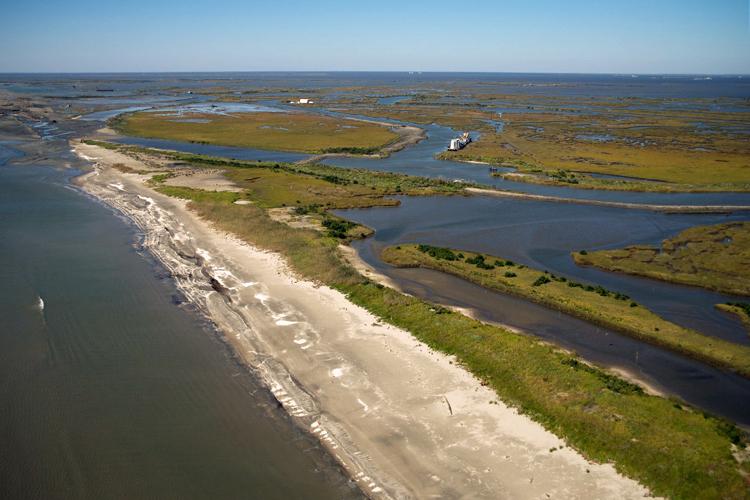Coastal wetlands provide tremendous benefits—they filter our water, provide habitat for fish and wildlife, and protect communities from floods and storms. But our nation’s marshes and wetlands are disappearing at a significant rate, particularly in Louisiana. NOAA works through the Coastal Wetlands Planning, Protection, and Restoration Act to restore Louisiana’s coastal habitat.
Wetlands provide nurseries for Louisiana's rich fisheries. Louisiana ranks second only to Alaska in total pounds of commercial fish and shellfish landed each year. The state accounts for roughly 30 percent of the total volume of U.S. fisheries, with a value of approximately $1 billion annually. Louisiana also provides 35-40 percent of the annual U.S. shrimp and oyster harvests.
Louisiana’s coastal habitat is also the state’s first line of defense during storms, reducing the devastating effects of wind, waves, and flooding. However, in the lifetime of a child born today, approximately 800,000 acres of Louisiana wetlands will be lost, moving the coastline inland by 33 miles in some areas. This means we are also losing important fisheries and wildlife habitat.
Since 1990, the CWPPRA Program has served as the primary means for responding to coastal wetland loss in Louisiana. NOAA works with state and federal partners and landowners to fund and implement large-scale restoration projects.
NOAA has been the federal sponsor for more than 40 wetland restoration projects through the CWPPRA Program, restoring more than 12,500 acres of vulnerable coastline since 1990. These projects slow the high rate of wetlands loss in Louisiana, while improving marine fisheries. They also protect communities and vital oil and gas infrastructure from storm damage.



